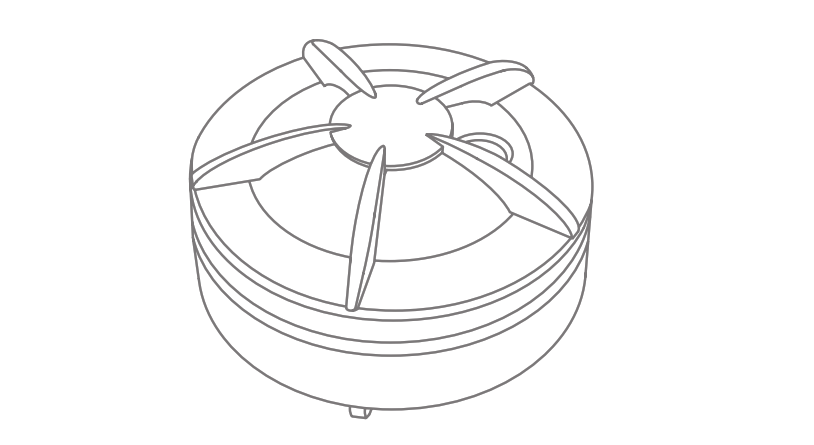Water Leak Detector
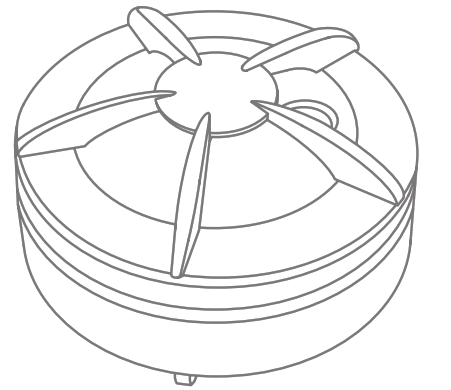
Version 1.6INSTALLATION MANUAL
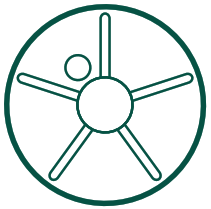
Product description
The Water Leak Detector provides you with an early warning to help avoid or reduce potential damage from leaking roofs, pipes, and appliances, heavy rainfall, overland flooding, or rapidly melting snow and ice. The Water Leak Detector can be connected with other Zigbee-based products.
Precautions
- Do not remove the product label as it contains important information.
- Do not paint the detector.
Getting started
1. Detach the cover of the detector by twisting it counterclockwise.
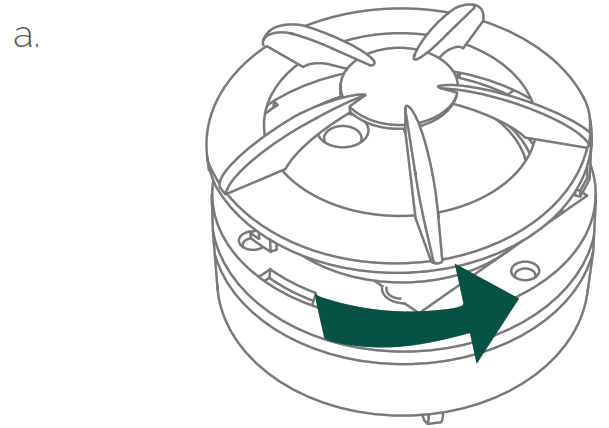
2. Insert one CR123A battery respecting the polarities.
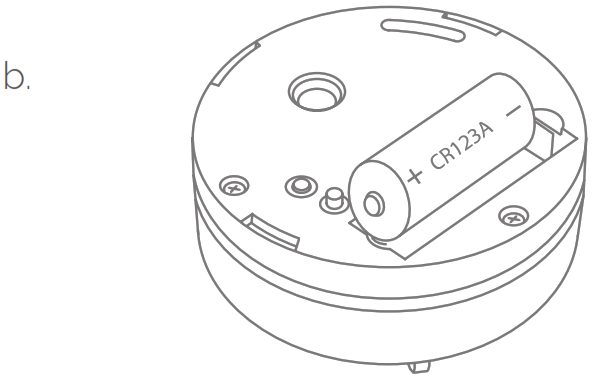
3. Put the plastic disc back (it fits only one way) and close the casing by twisting it clockwise.

4. The Water Leak Detector will start searching (up to 15 minutes) for a Zigbee network to join.5. Make sure that the Zigbee network is open for joining devices and will accept the Water Leak Detector.6. While the Water Leak Detector is searching for a Zigbee network to join, the LED flashes red.
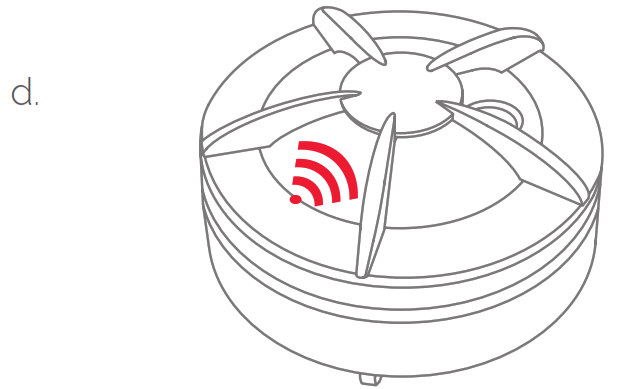
7. When the LED stops flashing, the Water Leak Detector has successfully joined the Zigbee network.
Placement
- Place the alarm indoors at a temperature between 0-50°C.
- The Flood Sensor should be placed on the ground, where water is suspected
- Reachable for battery testing and maintenance.
Testing
• Always test the working order of the Water Leak Detector after installation or battery change.• When pressing the test button (closest to the battery), the alarm sound should be heard.
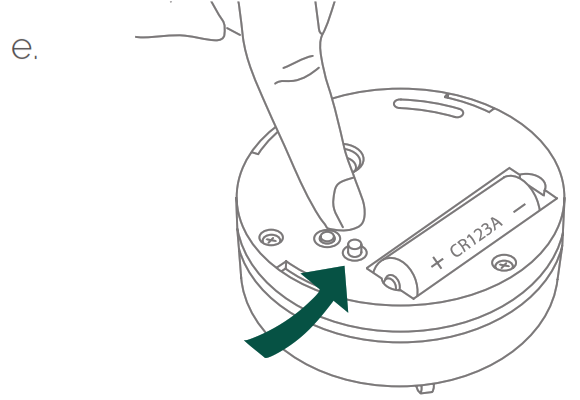
• A network alarm test can be performed by holding down the test button for at least 6.5 seconds (count 3 sounds).• A test message will be sent over the Zigbee network.
Resetting
Resetting is needed if you want to connect your Water Leak Detector to another gateway or if you need to perform a factory reset to eliminate abnormal behavior.STEPS FOR RESETTING1. Detach the cover of the detector by twisting it counterclockwise.2. Remove the plastic disc.3. Press and hold the LED button.

4. While you are holding the button down, the LED first flashes once, then two times in a row, and finally numerous times in a row.
1. Release the button while the LED is flashing numerous times in a row.2. After you release the button, the LED shows one long flash, and the reset is completed.
Modes
SEARCHING GATEWAY MODEThe red LED inside of the device is flashing every second (up to 15 minutes)NORMAL MODEThe internal LED flashes red every 45 seconds.ALARM MODEThe simultaneous flashing of the internal red LED and the sounding of the intermittent audible signal. When water is detected, the alarm will sound. Press the “button/top” of the detector to acknowledge and stop the siren. The following 10 minutes, it will block alarms.
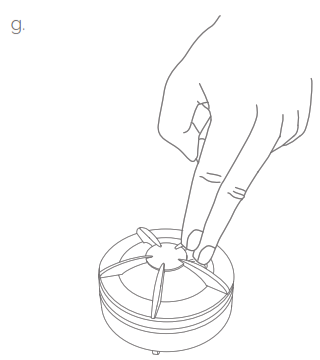
LOW BATTERY MODESimultaneous audible signals and LED flashes every 45 seconds means that the battery should be replaced.
Fault finding
- If the Water Leak Detector does not work when the LED reset button is pushed, the probable cause is a faulty battery. Replace the battery if it is worn out.
- In case of a bad or weak signal, change the location of the Water Leak Detector. Otherwise, relocate your gateway or strengthen the signal with a smart plug.
- If the search for a gateway has timed out, a short press on the LED button will restart it.
Battery replacement
CAUTION: RISK OF EXPLOSION IF BATTERIES ARE REPLACED BY AN INCORRECT TYPE. DISPOSE OF THE BATTERIES IN ACCORDANCE WITH INSTRUCTIONS.CAUTION: When removing cover for battery change – Electrostatic Discharge (ESD) can harm electronic components inside1. To replace the battery, detach the cover of the Water Leak Detector by twisting it counterclockwise.2. Remove the plastic disc and replace the battery respecting the polarities. The Water Leak Detector uses a 1xCR123 battery.3. Put the plastic disc back and close the casing by twisting it clockwise.
Disposal
Dispose the product and battery properly at the end of life. This is electronic waste that should be recycled.
FCC statement
Changes or modifications to the equipment not expressly approved by the party responsible for compliance could void the user’s authority to operate the equipment.NOTE: This equipment has been tested and found to comply with the limits for a Class B digital device, pursuant to Part 15 of the FCC Rules. These limits are designed to provide reasonable protection against harmful interference in a residential installation. This equipment generates, uses, and can radiate radio frequency energy and, if not installed and used in accordance with the instructions, may cause harmful interference to radio communications. However, there is no guarantee that interference will not occur in a particular installation. If this equipment does cause harmful interference to radio or television reception, which can be determined by turning the equipment off and on, the user is encouraged to try to correct the interference by one or more of the following measures:• Reorient or relocate the receiving antenna.• Increase the separation between the equipment and receiver.• Connect the equipment into an outlet on a circuit different from that to which the receiver is connected.• Consult the dealer or an experienced radio/TV technician for help.This device complies with FCC RF radiation exposure limits set forth for an uncontrolled environment. The antenna used for this transmitter must be installed to provide a separation distance of at least 20 cm from all persons and must not be co-located or operating in conjunction with any other antenna or transmitter.This device complies with part 15 of the FCCRules. Operation is subject to the following two conditions:1. This device may not cause harmful interference, and2. this device must accept any interference received, including interference that may cause undesired operation.FCC Label can be found on the back of the device when opening the cover by twisting it counterclockwise.
IC statement
This device contains license-exempt transmitter(s)/receiver(s) that comply with Innovation, Science, and Economic Development Canada’s license-exempt RSS(s). Operation is subject to the following two conditions:1. This device may not cause interference.2. This device must accept any interference, including interference that may cause undesired operation of the device.This equipment complies with IC RSS-102 radiation exposure limits set forth for an uncontrolled environment. This equipment should be installed and operated with a minimum distance 20 cm between the radiator and your body.
ISED statement
Innovation, Science and Economic Development Canada ICES-003 Compliance Label: CAN ICES-3 (B)/NMB-3(B).
CE certification
The CE mark affixed to this product confirms its compliance with the European Directives which apply to the product and, in particular, its compliance with the harmonized standards and specifications.
![]()

![]()
IN ACCORDANCE WITH THE DIRECTIVES• Radio Equipment Directive (RED) 2014/53/EU• RoHS Directive 2015/863/EU amending 2011/65/EU
Other certifications
• Zigbee 3.0 certified.
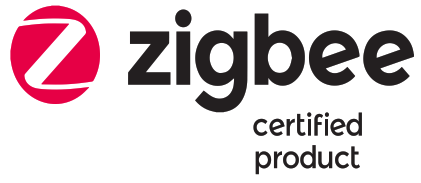
Installation of the probe
NOTE: The Water Leak Detector Probe is an additional option for the Water Leak Detector. It is only included on request.1. Detach the detector from the probe base.
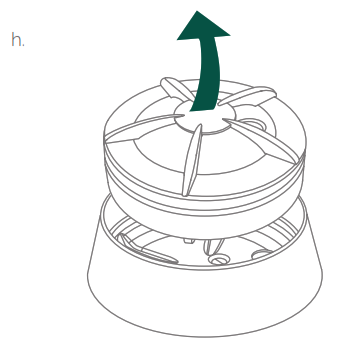
2. Install the probe base on a wall by using enclosed screws.
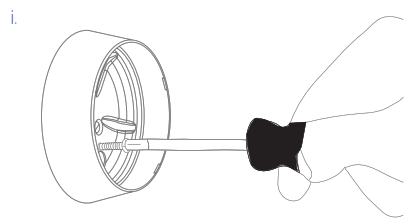
NOTE: Make sure that the probe reaches required level either to the floor or down thedrain.
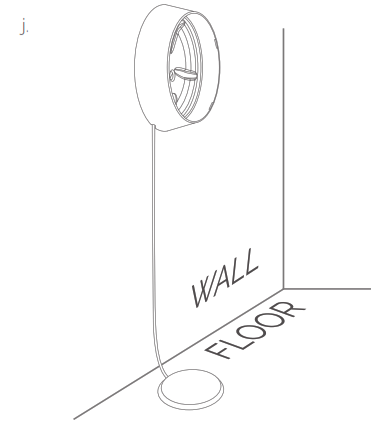
3. The detector can be attached to the base simply by pushing it in there and rotating until it you hear a click.
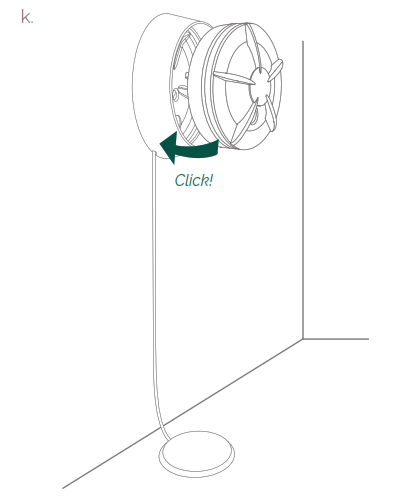
All rights reserved.
friend assumes no responsibility for any errors, which may appear in this manual. Furthermore, Friend reserves the right to alter the hardware, software, and/or specifications detailed herein at any time without notice, and the friend does not make any commitment to update the information contained herein. All the trademarks listed herein are owned by their respective owners.Distributed by frient A/STangen 68200 Aarhus NDenmarkwww.frient.comCopyright ©frient A/S
FRIENT
PN400062-1A 5102-007 (H6500161) v1.6
References
[xyz-ips snippet=”download-snippet”]

